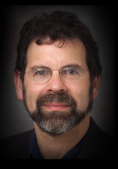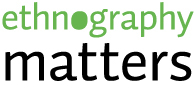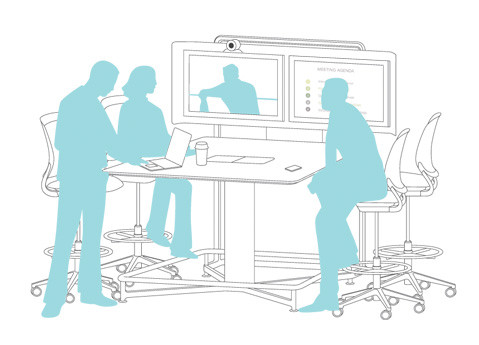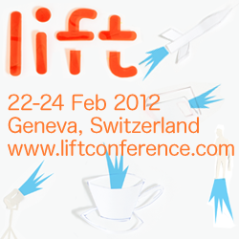An interview with Anthropologist Danny Miller about his latest research on social media & hospices
 Dr. Daniel Miller (@dannyanth) is Professor of Material Culture at the Department of Anthropology University College London and a Fellow of the British Academy. He has specialised in the study of material culture and consumption.
Dr. Daniel Miller (@dannyanth) is Professor of Material Culture at the Department of Anthropology University College London and a Fellow of the British Academy. He has specialised in the study of material culture and consumption.
Editor’s Note: Dr. Daniel Miller (@dannyanth) is an anthropologist who has contributed foundational theoretical and empirical work to the study of material culture. Even though Danny’s work is in academia, his research on consumption continues to influence the commercial world. As such, EPIC invited Danny to be one of the keynote speakers in London.
After reading Danny’s work for over a decade, I was beyond excited that I got to meet him at EPIC. In this interview, Danny tells us about his applied research on hospices and his current massive, multi-year, global social media research project that recently led up to what some called the “facebook kerfuffle.”
For more posts from this EPIC edition curated by contributing editor Tricia Wang (who gave the opening keynoted talk at EPIC this year), follow this link.



 Did you ever imagine that your work would become required course reading and end up on almost every anthropologist’s and sociologist’s shelf?
Did you ever imagine that your work would become required course reading and end up on almost every anthropologist’s and sociologist’s shelf?
It’s something of a paradox that anthropologists who specialise in social research are still often represented in the highly individualistic mode of popular culture which is devoted to the individual as a `name’. I come out of a more European tradition which is why there is very little out there about myself. The work that I do and is found on people’s shelves is not really about me as an individual. I derive most of my ideas from a specific literature, mainly in anthropology, such as the work of Pierre Bourdieu, but also from many other academic disciplines, such as insights from the sociologist Simmel or the philosopher Hegel. In turn my own work will be reflected mainly as citations in other people’s academic writings and interests. So really I am part of a process, trying to employ an extraordinary legacy of ideas to help us understand our contemporary world.
I guess one reason for the popularity is that word `contemporary’. While anthropologists tended to look to things with long traditions, I am currently writing about `snapchat’ and I think my work coveys my excitement and enthusiasm for the world we actually live in. By the same token I think people have responded to my desire to leave behind the more obscure jargons of academic and try to create a writing style that re-integrates the humanity and poignancy of people’s lives alongside our more abstract and academic concerns. I hope people enjoy this intense engagement, which is just fine, because I certainly do, and in some ways I feel I have only just started my work.
Hopefully this also reflects a wider realisation, that approaches such as `big data’ and perspectives modeled on science, look terribly important and promising. But again and again people come to the realisation that to understand the world there are no short cuts, and the best way is the patient qualitative and engaged research that is the delight of anthropology.
Why did you agree to speak at EPIC?
Danny Miller takes the stage as the third #epic2013 keynote speaker. http://t.co/emwhK2CJ0c
— EPIC 2014 (@epiconference) September 17, 2013
To be honest I knew very little about EPIC, and the main reason for my involvement was that my Department at University College London was partly hosting this year’s EPIC and so it was natural for me to be involved. Having said that I have been a long term supporter of acknowledging and fostering the relationship between anthropology and applied work, including commercial work. Most students in anthropology will end up somewhere in that sector and I think it is appalling the way many academic anthropologists try and ignore the importance of this relationship and pretend all their students are going to end up as pure academics. As I argued in my talk I think anthropologists have just as much to learn from the applied sector as the other way around. Read More…

























Recent Comments